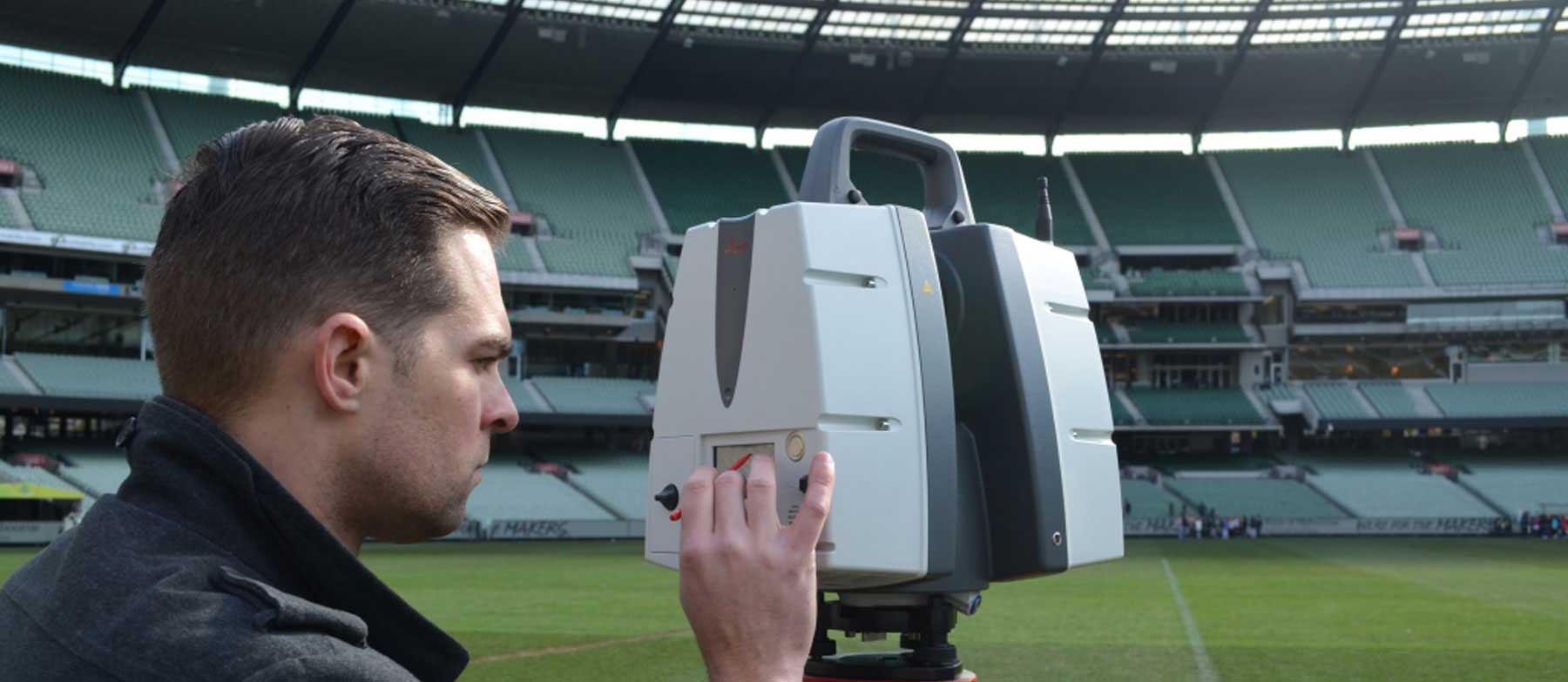It has been used as an unofficial yardstick for years, but now a group of surveyors has used laser scanning to determine the exact volume of the MCG.
The team from AAM Surveys used a laser scanner that records one million data points per second, from all around the inside of the stadium, including the seats and steps.
They set up the laser on several different points on the centre square to get different perspectives, before turning that data into a three-dimensional model that is accurate to 10 millimetres.
So how big is it? The final measure was 1,574,000 cubic metres (or 1.574 gigalitres). The MCG is so big that:
- It would take 630 Olympic swimming pools to fill the MCG.
- It can accommodate 9840 London buses.
- Melbourne's daily water use is roughly 68 per cent of one MCG.
- Rio Tinto mined 37 MCGs' worth of iron ore in 2014.
- It would take 317 MCGs to fill Sydney Harbour.
Peter Wearne, MCC facilities general manager, said the three-dimensional record would form an important part of the stadium's archives.
"Most of our documents and drawings are in two-dimensional format, so now we'll be able to understand the volume of the stadium - how many swimming pools it is, how many people you could potentially put in here," he said. "I think it shows the iconic nature of the MCG, that it is a reference point."
The findings have since been presented at a GeoNext conference on spatial engineering, appropriately held at the ‘G.

